April 2022: Panchatantra Tales
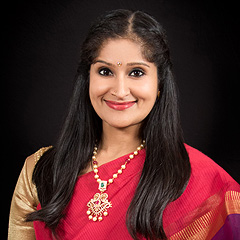
In our Spotlight series, we take a closer look into the kaleidoscope of traditional arts in Central Pennsylvania and the work of artists featured in our Folk Artists Gallery. This article spotlights Rachita Menon Nambiar, a teacher of classical Indian dance in Dauphin County, PA.
"Panchatantra Tales" is a collaboration between Rachita Menon Nambiar’s Rasika School of Dance and the Young Acting Company of Gamut Theatre. It was presented onstage in April 2022 and reviewed here by folklorist Amy Skillman. Thanks to John Bivens Photography for the lovely images.
By SFMS folklorist Amy Skillman
Traditional dance and contemporary theater met in this delightful rendering of The Panchatantra, an ancient collection of animal fables from India used to teach the five overarching principles of being wise humans.
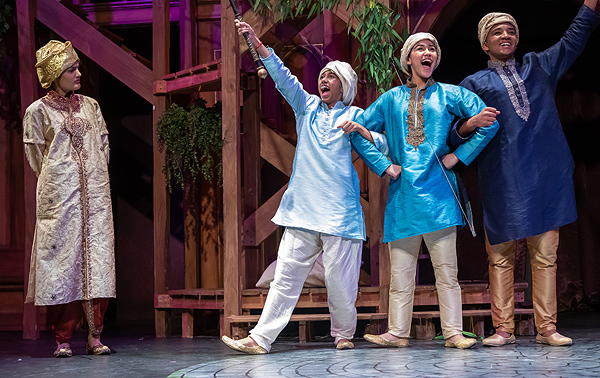
What ensues is a series of engaging stories within stories that ultimately teach the princes about Dharma — the responsibilities and virtues of knowing themselves in the larger context of human activity, and behaving in a way that sustains culture and community. It was a beautiful illustration of how humans have used storytelling to teach for millennia, reminding us there are many ways to learn.
This production, adapted for theater by Sean Adams, was co-directed by Rachita Menon Nambiar and Melissa Nicholson. It represents a thoughtful collaboration between Nambiar’s Rasika School of Dance and the Young Acting Company of Gamut Theatre.
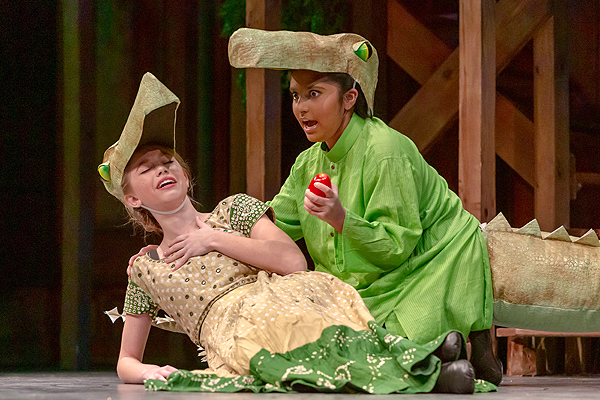
We fell in love with the turtle and worried about her abduction, felt the pain of loss over the mongoose, were devastated by the cruelty between crows and owls, and adored the monkey with her winning wisdom. It was clear the actors were having a blast.
Using storytelling and traditional Indian dance, each story unfolded as a new lesson. As the stories were told, the actors highlighted key words and ideas with mudras — the hand gestures used in Bharatanatyam classical Indian dance. In this subtle way, we learned what many of those gestures mean.
It was an effective way to teach the audience about classical Indian dance: giving us a little bit of the language to interpret these older art forms. As the dancers performed in some of the spaces between stories, I tried to tell if they were dancing the story just told, or the one to come.
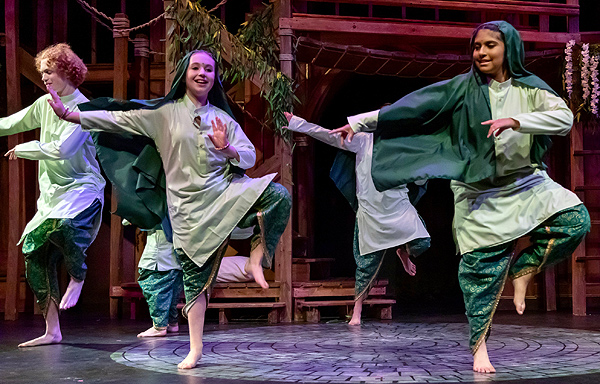
The costumes, lighting, music, direction, and acting conventions were as professional as one expects from Gamut’s Shakespeare productions. It was clear they all took this seriously, despite being a youth theater sharing folktales. In fact, part of its value is just that: lending credibility and authority to these tale and their tellers.
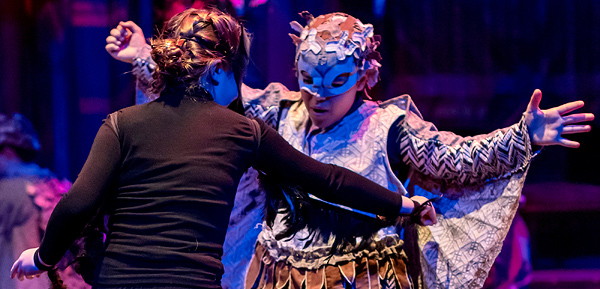
Panchatantra Tales was a brilliant and important collaboration between two artists who are willing to take risks. I wish more adults could have seen it. My sense is that Asian Indians walked away feeling proud of their cultural identity, while the rest of the audience felt welcomed into a cultural experience, coming away with a richer perception of their Indian neighbors. Panchatantra Tales could have run for a second weekend and been just as successful — word of mouth would have filled the seats again.
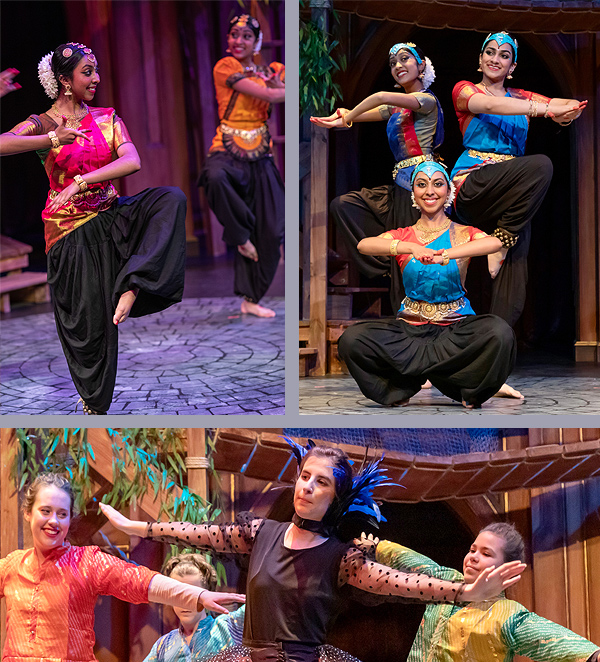



Brand icons for Facebook, YouTube, Instagram and other social media platforms are the trademark of their respective owners. No endorsement is implied.